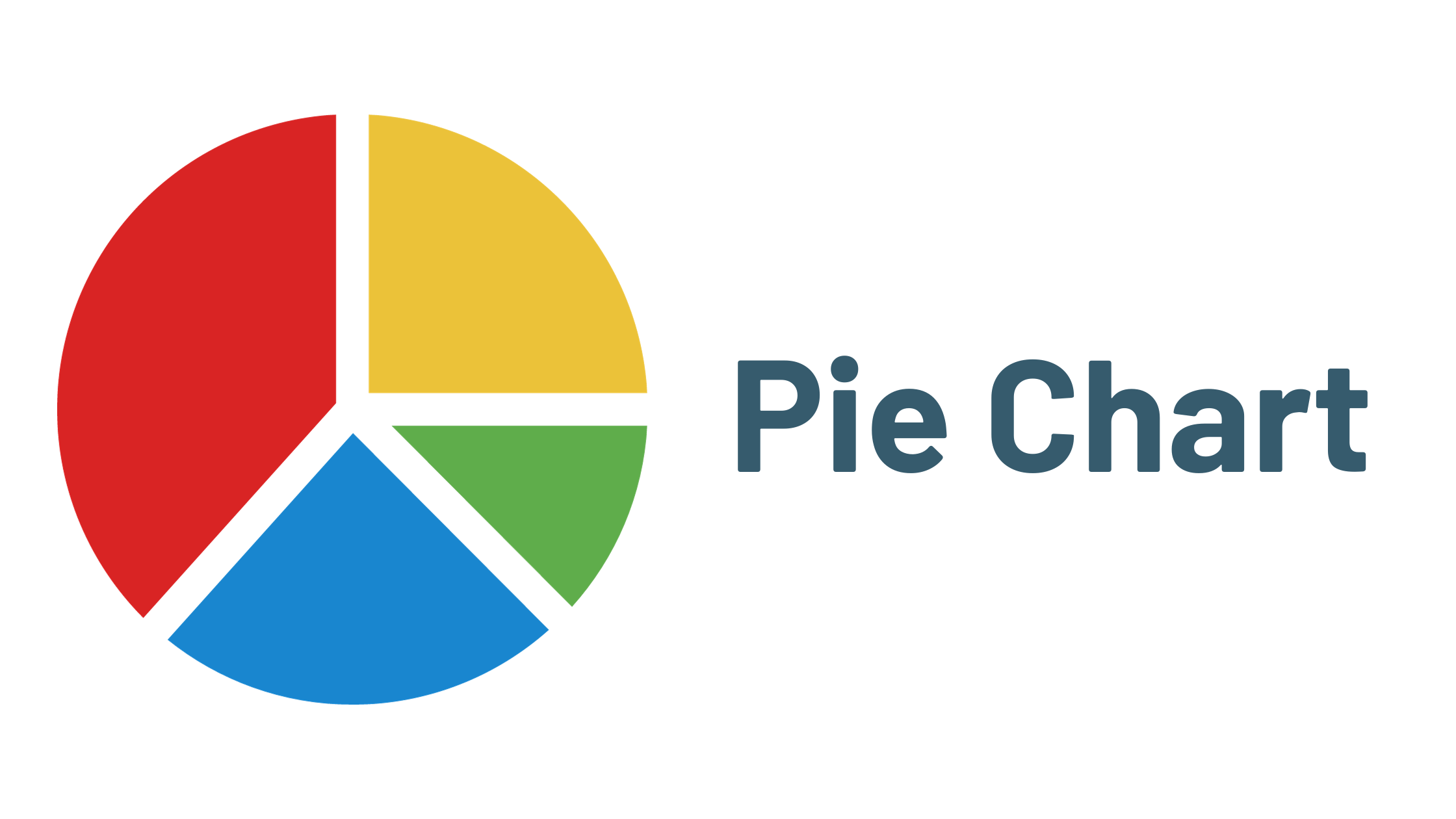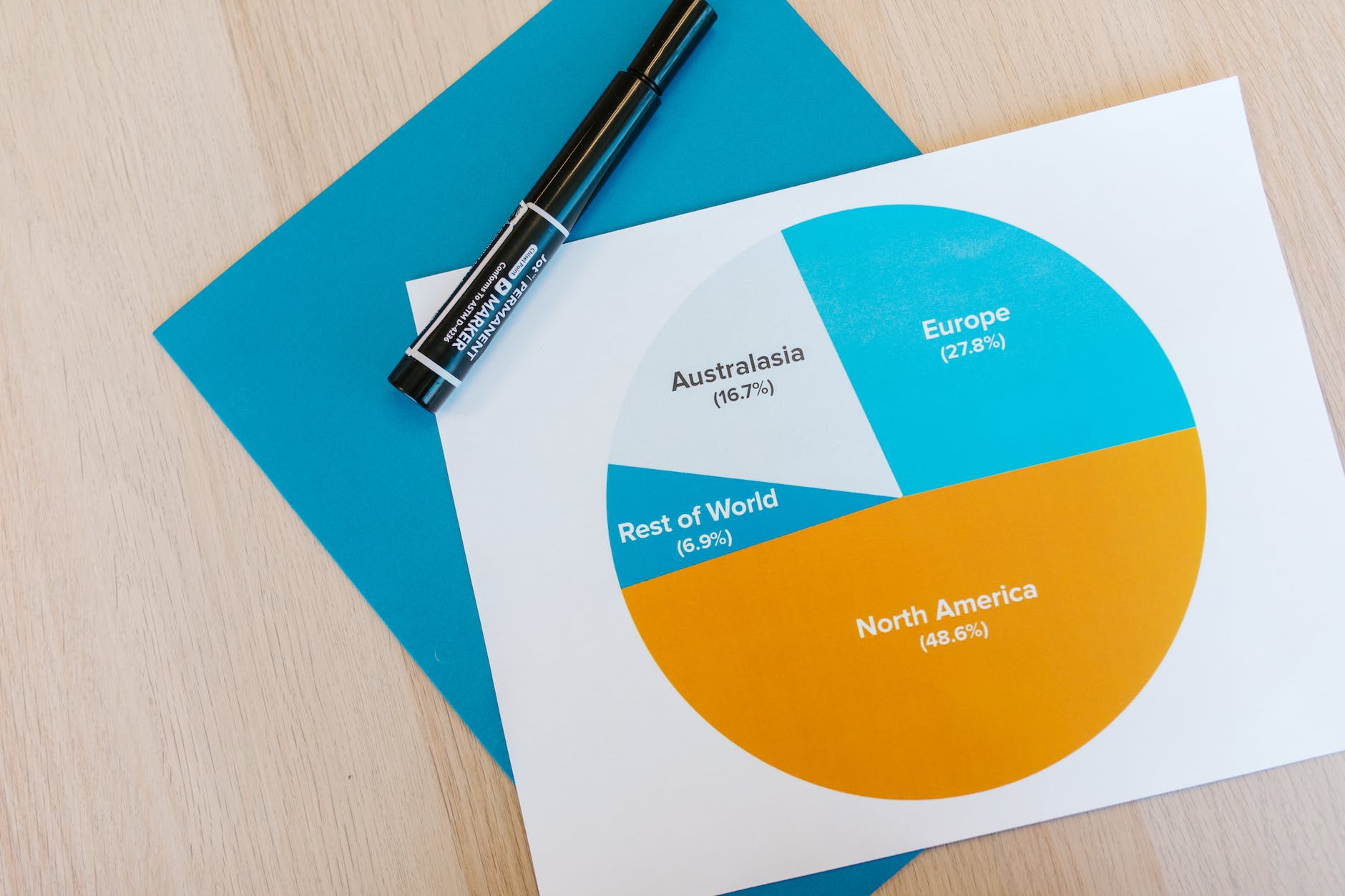
Pie Chart
Strolling through the world of data visualization, one quickly stumbles upon the pie chart. Although its simplest form might bring reminiscences of elementary school math, its power as a data visualization tool is undeniable. Pie charts provide a global perspective, allowing readers to instantly gauge the relative importance of various data points.
Understanding the Basic Definition of a Pie Chart
The pie chart, in its essence, is a circular graph. It mimics the structure of a pie sliced into pieces, with each segment indicating a proportion of the whole. While this may sound straightforward, the simplicity of pie charts is among their strongest assets, enabling complex information to be presented in an easy-to-understand, visual format.
Despite their simplicity, pie charts hold a critical spot within various fields such as business, economics, and social sciences. They are useful for representing percentages or fractions of a whole, showing proportions at a glance.
In a pie chart, categorical variables take center stage. Spaces between segments, known as wedges, do not represent values but help define categories. It’s a visual aid that works best for showing parts that make up a whole.
The pie chart’s objective is clear: to provide an intuitive comparison between categories, visually reinforcing the differences between data points.
Anatomy of a Pie Chart: Essential Components and Terminologies
Delving deeper into the mechanics of pie charts, one starts to appreciate their design and the terminologies associated with them. The entire circle represents the total data set, while individual slices, or segments, show parts of the whole.
Moreover, the region’s area, called the sector, represents the category’s magnitude. The angle of each sector is proportional to the quantity it represents.
Titles present in pie charts not only offer a descriptor for the data being represented; they provide context, contributing towards the chart’s overall comprehension.
Labels, meanwhile, identify the content of each slice, communicating the specific category it represents, often along with its percentage or value.
The Role of Pie Charts in Data Visualization

Pie Chart
Data visualization strides on the diverse walks of insight storytelling, and pie charts play an influential part in this plotline. They help readers perceive part-to-whole relationships in a simple, geometrically intuitive manner.
Moreover, charts, especially pie charts, help to break down complex data, making it accessible and understandable for a broad audience. Thus, they democratize data by converting esoteric numerical figures into universal visual cues.
Presenting data in this visual format can identify patterns, trends, and outliers that might go unnoticed in raw, text-based data. These graphical representations can quickly convey key supporting data to persuade or aid in decision-making.
In essence, pie charts, as part of the data visualization strategy, foster a more profound, enriched understanding of the data and its underlying patterns and trends.
How To Construct a Meaningful Pie Chart: Steps and Guide
Building a pie chart involves several very intentional steps. You must first gather and prepare the data ensuring that it is suitable for displaying in a pie chart format, where each category represents a portion of the total.
Next comes the construction of the pie chart. Modern tools offer sophisticated interfaces that take raw data and transform it into meaningful pie charts. Although the technical process differs based on the tool, the basic principle remains the same: a circle partitioned into sectors that visually represent portions of the total data set.
Labels and unit specifications, which are critical for reader comprehension, must be carefully decided and incorporated into the chart. These include both segment labels and the chart’s overall title, which provides valuable context.
The chart’s colors should be carefully chosen, ensuring a clear visual distinction between categories. Color, contrast, and saturation levels can all affect how easily the information can be read and understood.
Altogether, the power and versatility of the pie chart for data visualization should not be underestimated. Adopting these tips and best practices can ensure you create an effective, visually appealing, and comprehensible pie chart, no matter the data you have to display.






